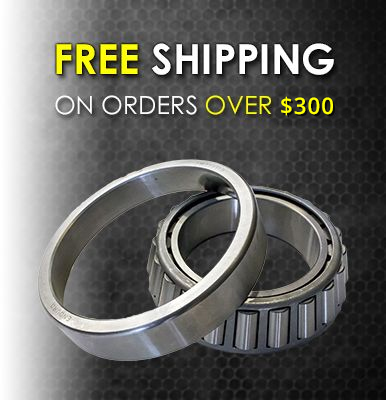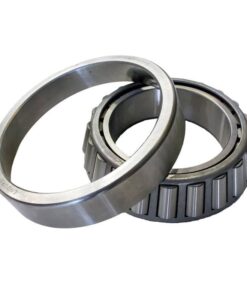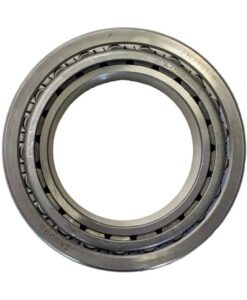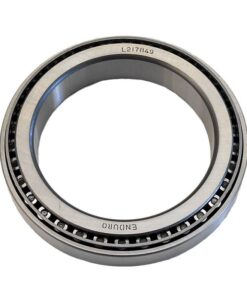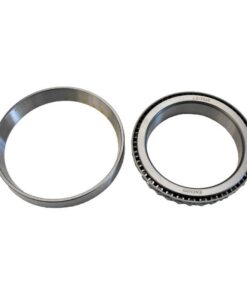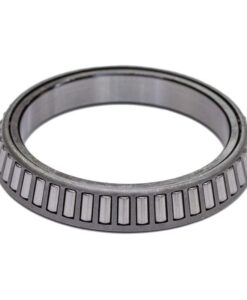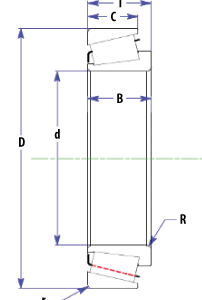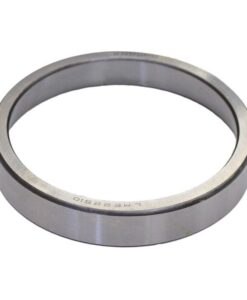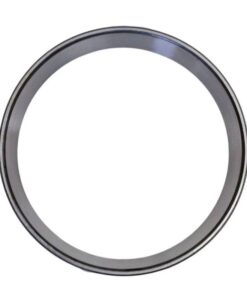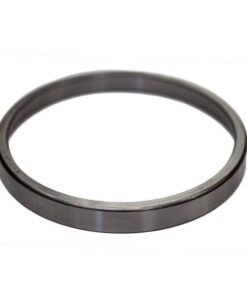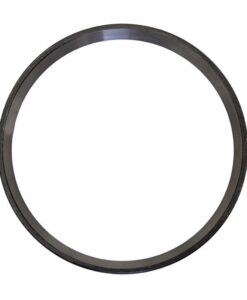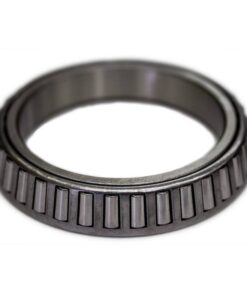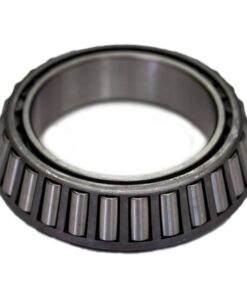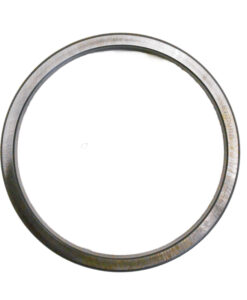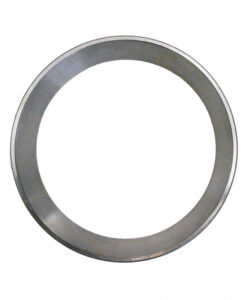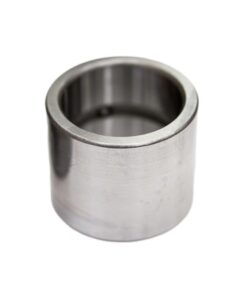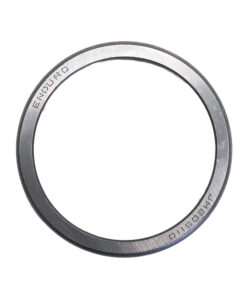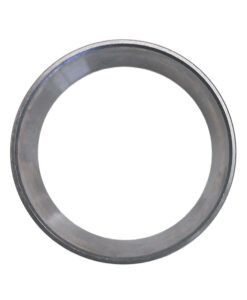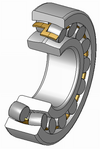Bearings
Bearings
Bearings
Bearings
Bearings
Bearings
Bearings
Bearings
Bearings
Bearings
This article uses material from the Wikipedia article “Roller Bearing”, which is released under the Creative Commons Attribution-Share-Alike License 3.0.
A rolling-element bearing, also known as a rolling bearing,[1] is a bearing which carries a load by placing rolling elements (such as balls or rollers) between two bearing rings. The relative motion of the pieces causes the round elements to roll with very little rolling resistance and with little sliding.
One of the earliest and best-known rolling-element bearings are sets of logs laid on the ground with a large stone block on top. As the stone is pulled, the logs roll along the ground with little sliding friction. As each log comes out the back, it is moved to the front where the block then rolls on to it. It is possible to imitate such a bearing by placing several pens or pencils on a table and placing an item on top of them. See “bearings” for more on the historical development of bearings.
A rolling element rotary bearing uses a shaft in a much larger hole, and cylinders called “rollers” tightly fill the space between the shaft and hole. As the shaft turns, each roller acts as the logs in the above example. However, since the bearing is round, the rollers never fall out from under the load.
Rolling-element bearings have the advantage of a good tradeoff between cost, size, weight, carrying capacity, durability, accuracy, friction, and so on. Other bearing designs are often better on one specific attribute, but worse in most other attributes, although fluid bearings can sometimes simultaneously outperform on carrying capacity, durability, accuracy, friction, rotation rate and sometimes cost. Only plain bearings are used as widely as rolling-element bearings.
Types of Roller Bearings
Toroidal roller bearings are bearings that accommodate both angular misaligment and axial displacement. The radius of the outer ring is much larger than a spherical roller bearing…
Toroidal roller bearings were introduced in 1995 by SKF as “CARB bearings”.[3] The inventor behind the bearing was the engineer Magnus Kellström.[4]


